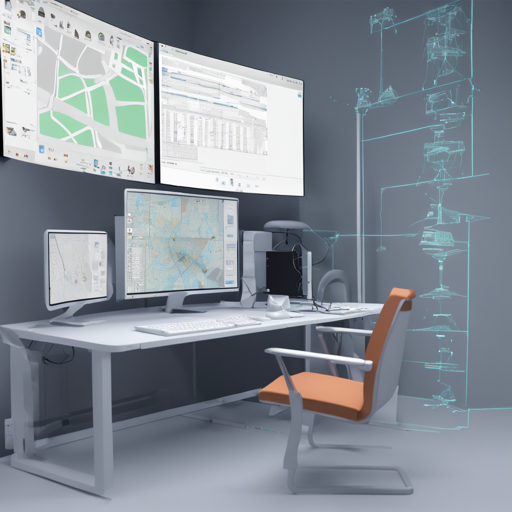Welcome to the world of ACE Zero (ACE0), a powerful tool for reconstructing scenes from image collections using advanced techniques in incremental learning. This guide is designed to walk you through the installation, usage, and troubleshooting of ACE0, helping you navigate through its complexities with ease.
Table of Contents
- Installation
- Usage
- Utility Scripts
- Nerfacto Benchmark
- Paper Experiments
- Frequently Asked Questions
- Publications
Installation
To get started with ACE0, make sure you have PyTorch installed. This code is optimized for Ubuntu 20.04 with a V100 Nvidia GPU but should run on other Linux configurations. Follow these steps:
conda env create -f environment.yml
conda activate ace0Ensure all commands run from the repository root and within the ace0 environment. You will also need to build the C++ Python bindings for DSAC. Execute:
cd dsacstar
python setup.py install
cd ..Now you are ready to start experimenting with ACE0!
Usage
Basic Usage
To run ACE0 on a set of images, use the following command:
python ace_zero.py path/to/some/images/*.jpg result_folderThis command enables ACE0 to call the necessary training and registration functions on your images. The result will be a file named poses_final.txt containing the estimated image poses.
Visualization Capabilities
ACE0 can generate a video of the reconstruction process. To enable visualization:
python ace_zero.py path/to/some/images/*.jpg result_folder --render_visualization TrueBe aware that this may slow down the reconstruction but will save the visuals as reconstruction.mp4.
Advanced Use Cases
ACE0 also supports various advanced cases:
- Refine Existing Poses: Enables quick refinement of initial poses.
- Start From a Partial Reconstruction: Allows you to register new images based on existing pose data.
- Self-Supervised Relocalization: Relocalize images by mapping different sets.
Utility Scripts
Several utility scripts enhance usability, such as:
- Video to Dataset: Extract frames from videos.
- Export 3D Scene: Create point clouds from models.
Nerfacto Benchmark
To benchmark ACE0 reconstructions, follow the benchmark README instructions. This allows you to analyze the performance metrics like PSNR on your finalized datasets
Paper Experiments
Scripts are available to recreate the experiments reported in our paper across various benchmark scenes, enhancing reproducibility.
Frequently Asked Questions
Common Issues and Troubleshooting:
Q: Running out of GPU memory?
A: Use the flag --training_buffer_cpu True to shift the training buffer to the CPU.
Q: Problems with image sizes and intrinsic parameters?
A: ACE0 assumes all images share intrinsic parameters. This means you cannot use images of varying sizes.
For more insights, updates, or to collaborate on AI development projects, stay connected with fxis.ai.
Q: How to handle camera models with distortions?
A: Ensure images are undistorted prior to use, as ACE0 works under a pinhole camera model.
At fxis.ai, we believe that such advancements are crucial for the future of AI, as they enable more comprehensive and effective solutions. Our team is continually exploring new methodologies to push the envelope in artificial intelligence, ensuring that our clients benefit from the latest technological innovations.
Publications
Citing ACE0 is highly encouraged if you plan on using it for your research work. Refer to the authors for a comprehensive view of the methodology and results.
With this guide, you can step confidently into the realm of scene reconstruction, unlocking the potential of ACE0 to bring your projects to life! Happy coding!

